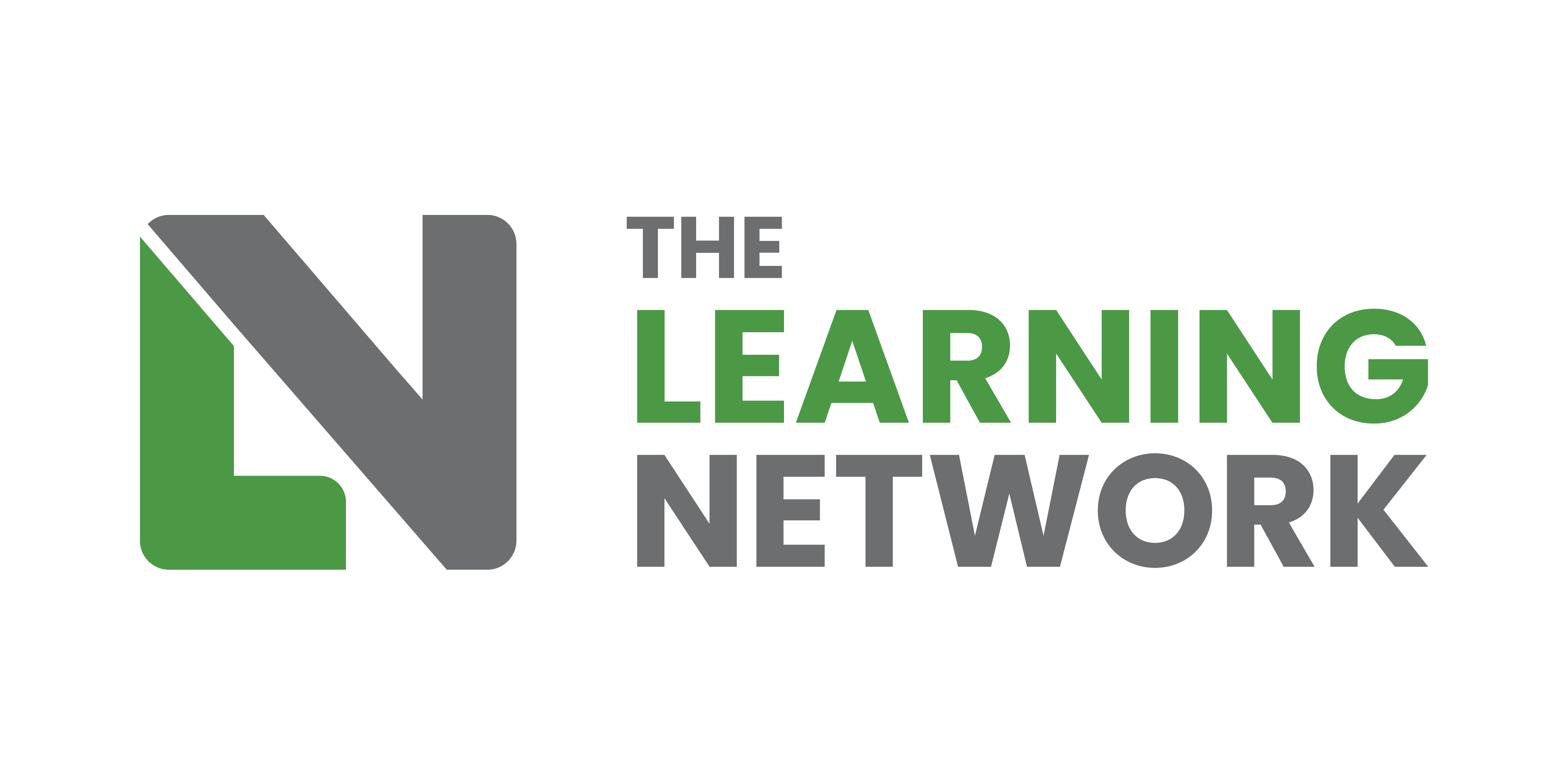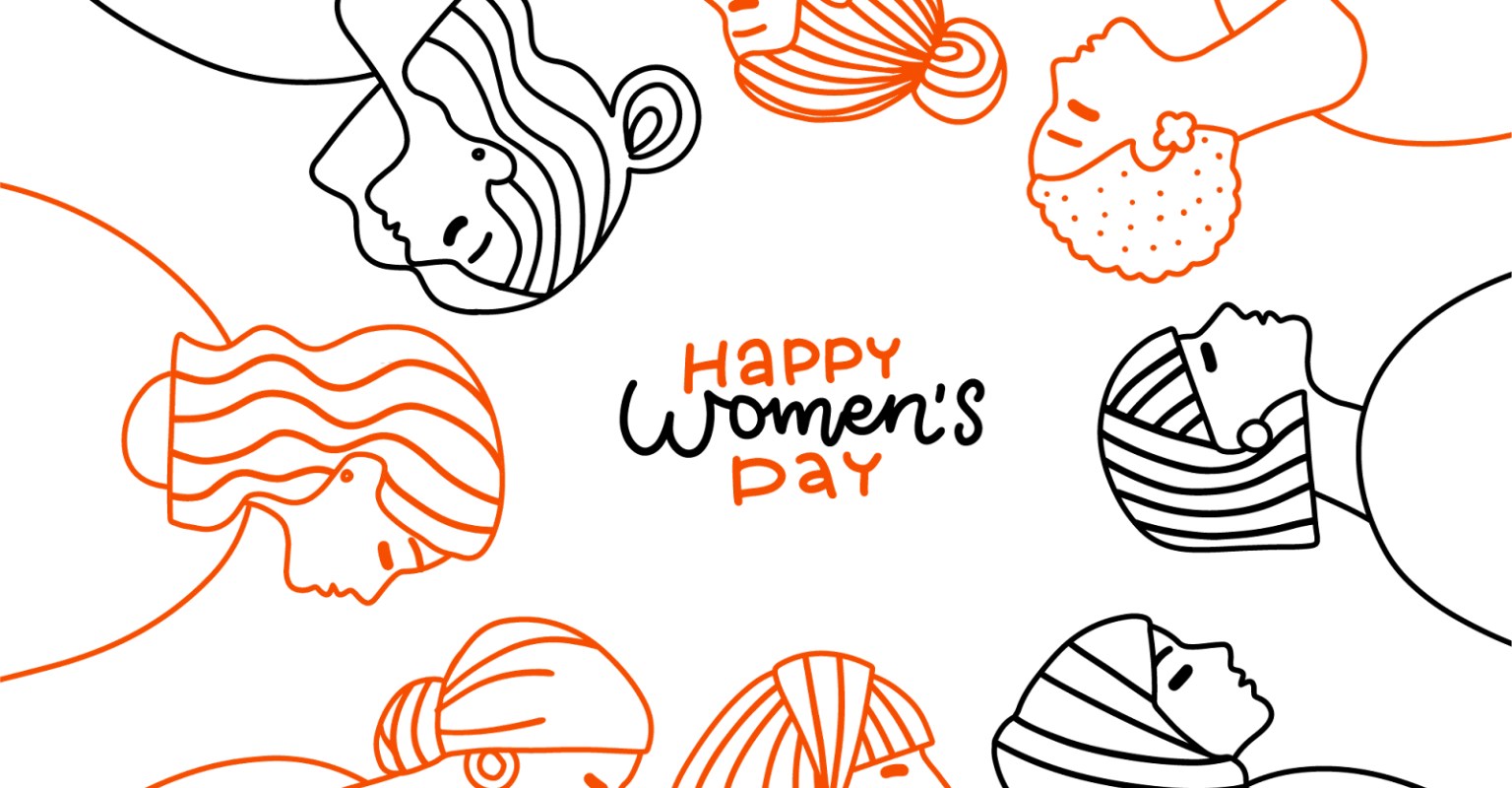6 things you can do today to make learning more women-friendly!
In your work
1. Be intentional about representation
If we don’t intentionally include it’s easy to unintentionally exclude. In your language, examples, illustrations, photos, quotes, videos or any other supporting artifacts, who do you include most often? Who is missing?
Look through a few examples of your work and specifically see how often and in what way women are represented.
- Where is the focus?
- Do you prioritize one person over another in a way that reinforces biases?
- Who are the “main” or “supporting” characters in the story you are telling?
- Are women in the graphics or photos smaller than or behind the others?
- Is anyone being tokenized?
For example, is the receptionist a woman on the computer and the expert presenter a man in a suit?
Are you reinforcing the “default” with the leading main characters as men at the forefront and everyone else as the “other”?
2. Take an intersectional approach
Intersectionality provides a lens to look at people’s intersecting identities, both empowering and oppressing perpetuating patterns of disadvantage and privilege. A person’s disadvantage multiplies if they hold more than one disadvantaged identities.
Let’s take women of colour as an example.
Women are promoted to manager at far lower rates than men, making it nearly impossible for companies to lay a foundation for sustained progress to more senior levels – one form of disadvantage of holding this identity.
For women of colour, the disadvantage multiplies.
Between the entry-level and the C-suite, representation of women of colour drops off by more than 75%. As a result, they account for only 4% of C-suite leaders, of the 21% of women who hold C-suite leader positions.
Source: https://www.mckinsey.com/featured-insights/diversity-and-inclusion/women-in-the-workplace
Think about how you represent the diversity of women’s experiences in an inclusive way in your work. Is your work as inclusive as it could be?
Here are a few questions you can ask to represent different overlapping identities women may hold:
- Do you intentionally feature a range of racial and ethnic backgrounds, including mixed race, indigenous people and those from under-represented groups?
- There’s a potentially limitless mix of skin colours, accents, perspectives and national origins you can represent.
- Do you show women of different ages and body types in all their shapes and sizes, reflecting the diversity of the world we live in?
- When portraying women with visible or invisible disabilities do you highlight the individual and not their physical or cognitive impairments?
- Do you portray women with diverse sexual orientations in non-stereotypical ways?
Top tip: photos and graphics at the top of your search results in image libraries will be the least diverse and will likely fall into the cultural “default” of young, attractive, straight, able-bodied, and usually white. You can get much better search results by using filters and the right search terms.
3. Make it part of your process
Inclusiveness can often be a ‘nice-to-have’ or an afterthought. Choose to be more inclusive in your everyday processes, methodologies, and the tools you use – right from the images you use, the people and third parties you work with, to having regular diversity and inclusion audits of your work.
In your team
1. Be mindful of microaggressions
We all have biases and they can often be unconscious and automatic. You know the phrase – “If you have a brain, you have a bias”.
Whether intentional or not, the best thing you can do to encourage a more equitable team culture is to be self-aware and mindful of your own actions and the actions of those around you.
In your next meeting, notice the gender dynamics at play.
Here are a few questions to help you see the little things:
- Who speaks the most? Who gets the least airtime?
- Who gets interrupted the most?
- How about in important meetings
- Does this change?
- Who arranges most of the socials or always picks up the slack?
- Who does the boss go to with any technical questions?
2. Champion inclusion in every way you can
Whatever your gender identity, you can be a champion and an ally.
Notice any trends in your answers above? The next time you see it happen, gently intervene and proactively help manage the conversation dynamic.
Remember to celebrate and give credit to the women in your team!
3. Promote and hire based on potential
When people are promoted based on potential, they rise to the occasion. More often than not, women are hired and promoted based on proof of performance and achievement, while men are hired and promoted based on their potential.
Women need to prove themselves once, then again. Men need to demonstrate competence and potential.
You can learn more here:
Let’s break the cycle. The next time you are hiring, value competence over job titles.
On that note, if you’re hiring it’s also worth reviewing your job description to make it more inclusive.



